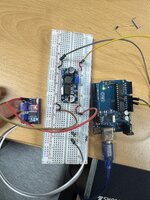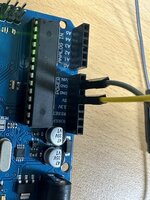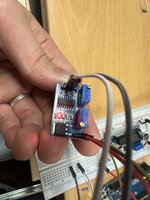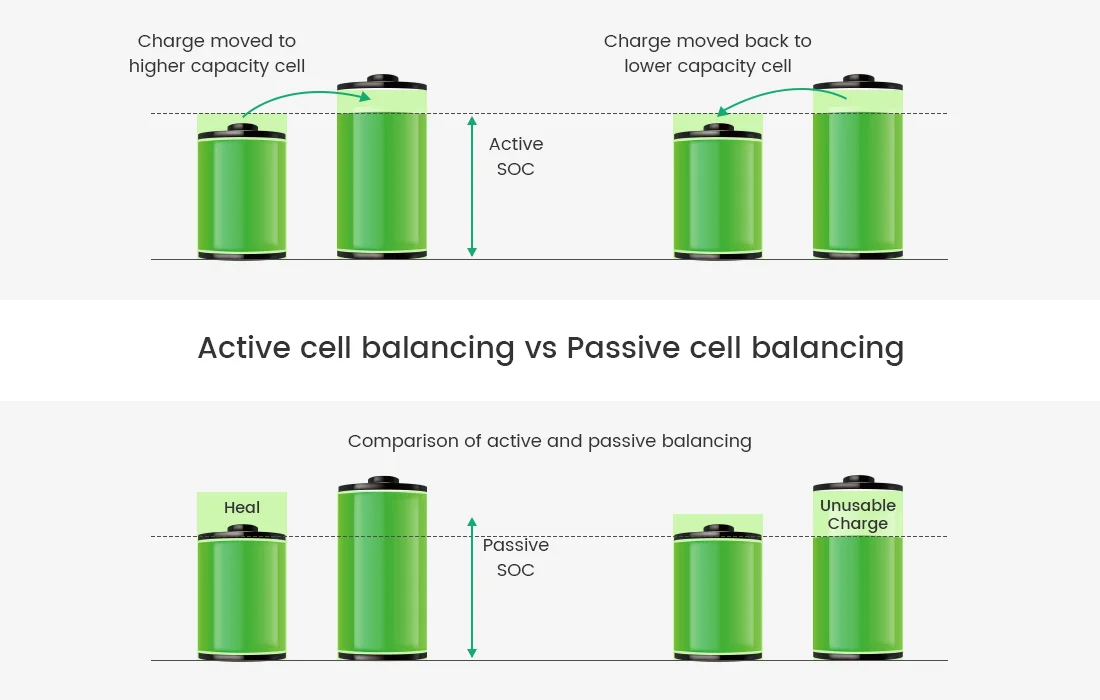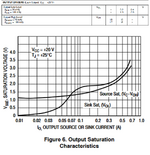iamkim
Newbie
Hello! I am currently interested in creating an Active cell balancing system. For the Active cell balancing model, I intend to use the Resonant Switched Capacitor method. To implement this method, I plan to use an SG3525 PWM controller Module to apply PWM. I aimed to boost the 5V output from an Arduino to 10V using a Boost converter and then operate the SG3525 to obtain a 5V PWM signal. However, after connecting a resistor and measuring the output voltage of the SG3525, I found it to be a low 2.8V, which makes it difficult to drive a Mosfet. According to the description of the SG3525 PWM controller Module, it should output 5V, but I am unsure why only 2.8V is being produced. I would like to know why this is happening and how to solve this issue. Thank you.
ps. I used 330koms and 10kHz, 50%duty cycle
ps. I used 330koms and 10kHz, 50%duty cycle
